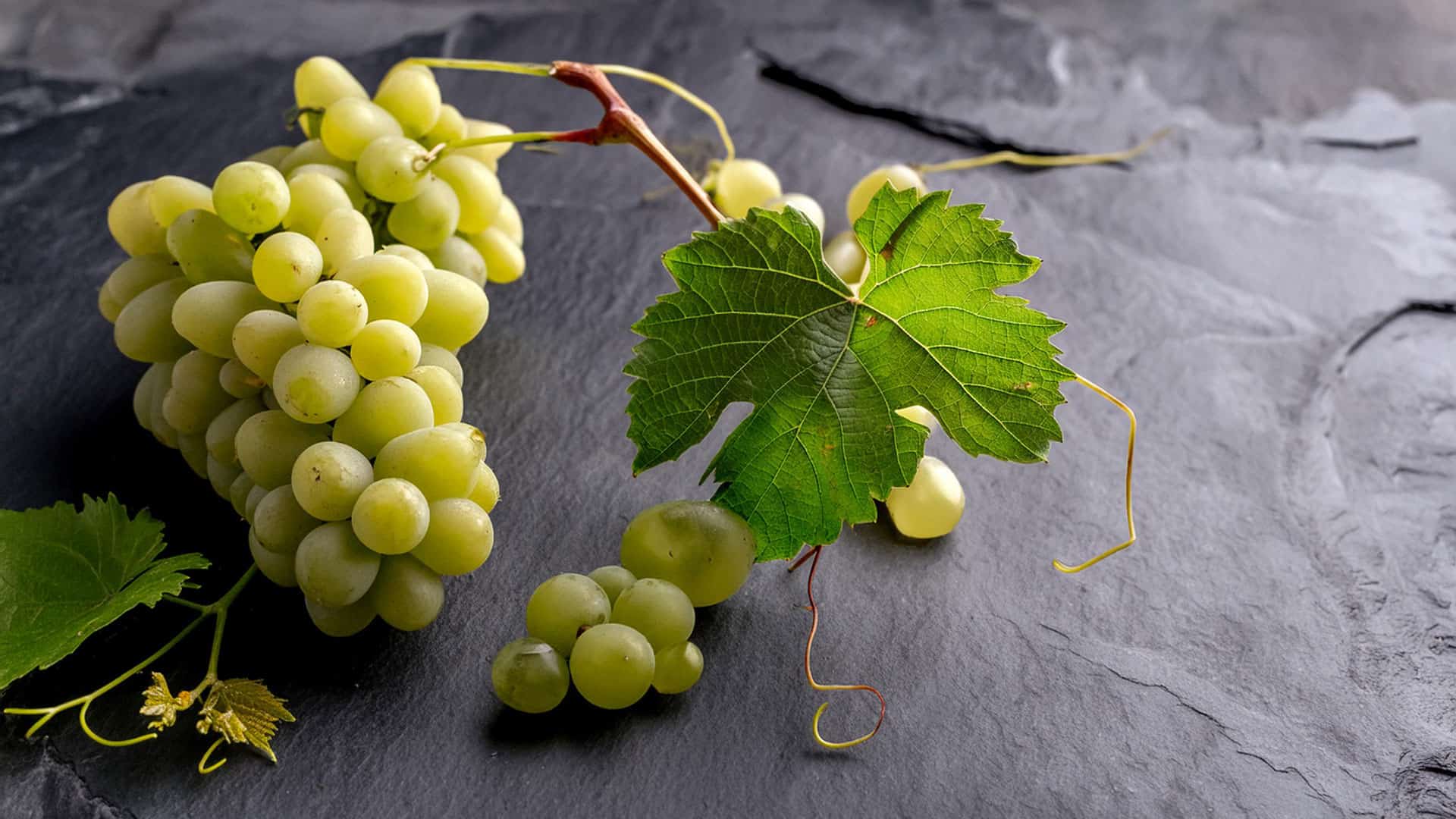The Viognier white wine is of course just one of many excellent Valais white wines that we stock in our range. In our online store you will also find a large selection of red wines, rosé wines, sparkling wines and digestifs.
If you are looking for a gift, we recommend the various tasting boxes from our gift service, for example, or a gift voucher, which gives the recipient a free choice in our online shop.
The most important facts at a glance
Viognier is the most important grape variety for white Rhone wines. Viognier wines show strong, often straw-yellow colors and have a high alcohol content. The Viognier grape thrives best in a temperate climate. It is a variety with a lot of aroma and sugar but little acidity. This results in full-bodied, soft wines with intense aromas. Characteristic aromas include apricot, peach and blossom, with occasional notes of ginger. It is still young in Valais – and is still extravagant.
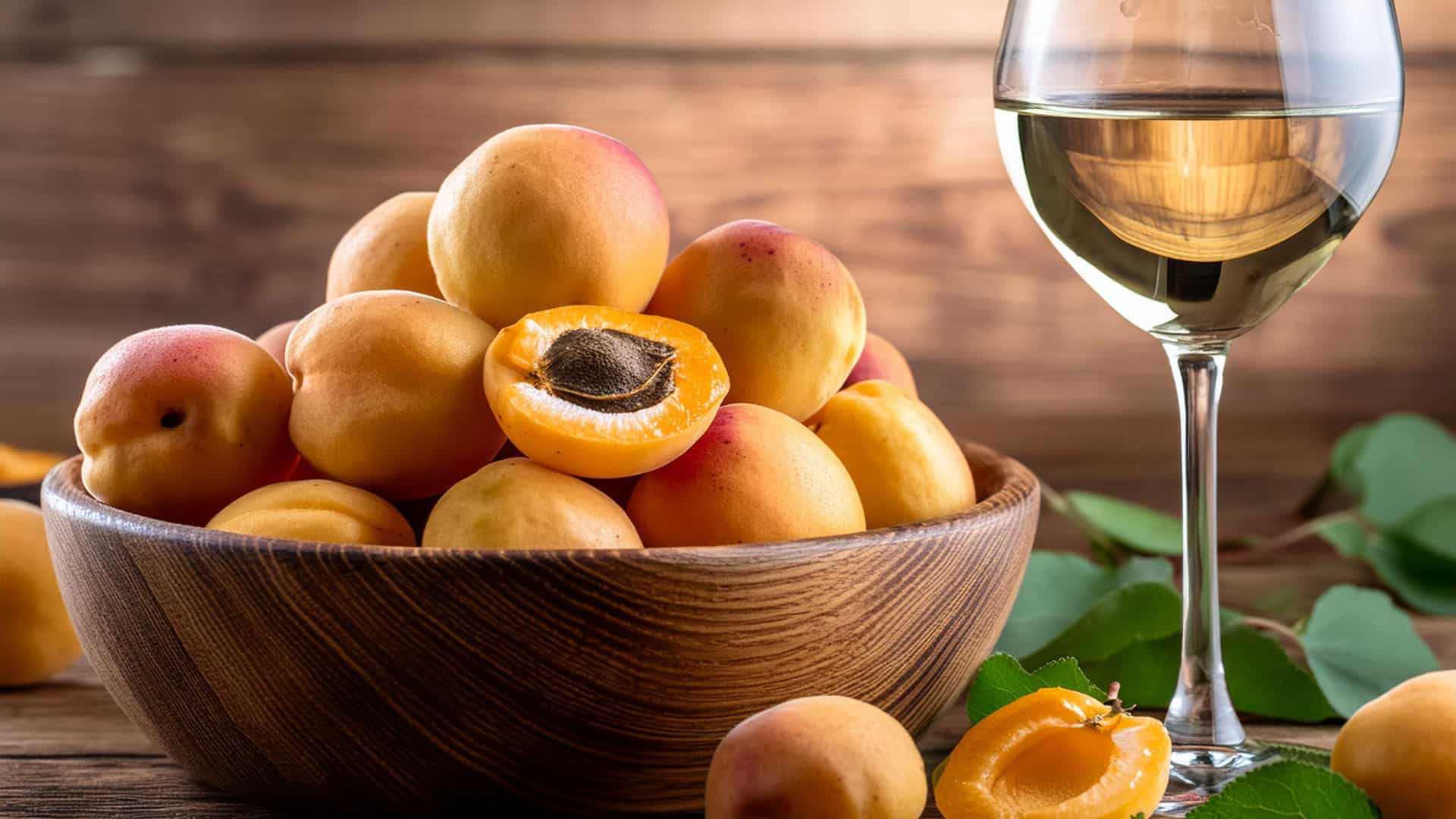
Origin, origins & significance of Viognier grapes
At the beginning of 2004, researchers at the CNR agricultural institute near Turin, Italy, discovered through microbiological DNA analyses that 30 of the 32 indicators in the Freisa and Viognier grape varieties are identical. This puts the Viognier variety in noble family company, as the world-famous Nebbiolo grape is also said to descend from the Freisa variety.
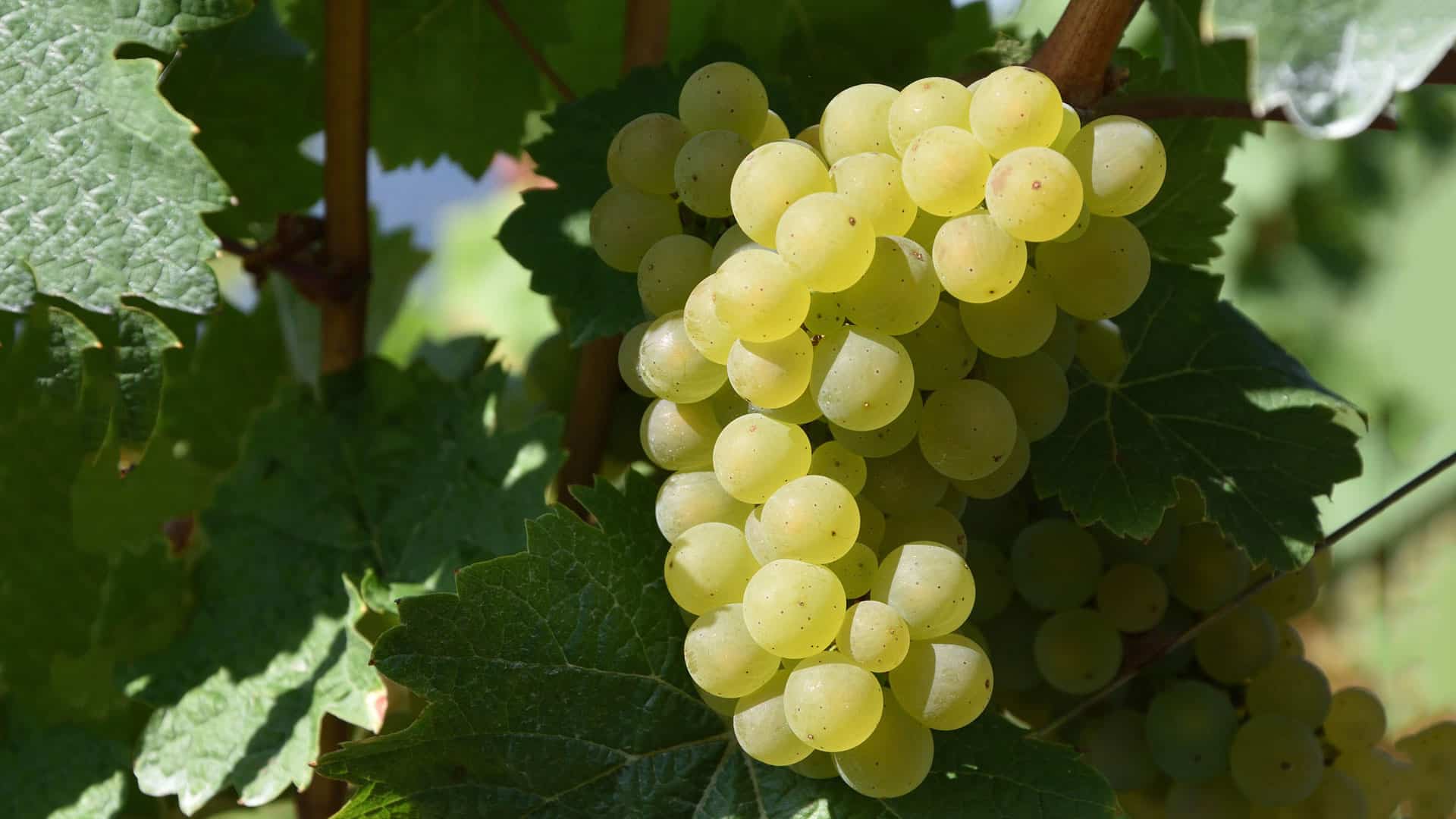
Viognier is originally at home in France. Almost the entire vineyard area is located along the northern Rhône, in the Château-Grillet, Condrieu and Côte Rôtie appellations. These wines became very popular in the 1990s and Viognier consequently experienced a renaissance. Today, the variety is world-famous and the area of vineyards on which this aromatic white wine is grown is constantly increasing. Viognier has become particularly popular in regions such as Ardèche, Languedoc-Roussillon, California, Australia, South Africa, New Zealand, Chile and Switzerland, which is reflected in the increasing area under cultivation.
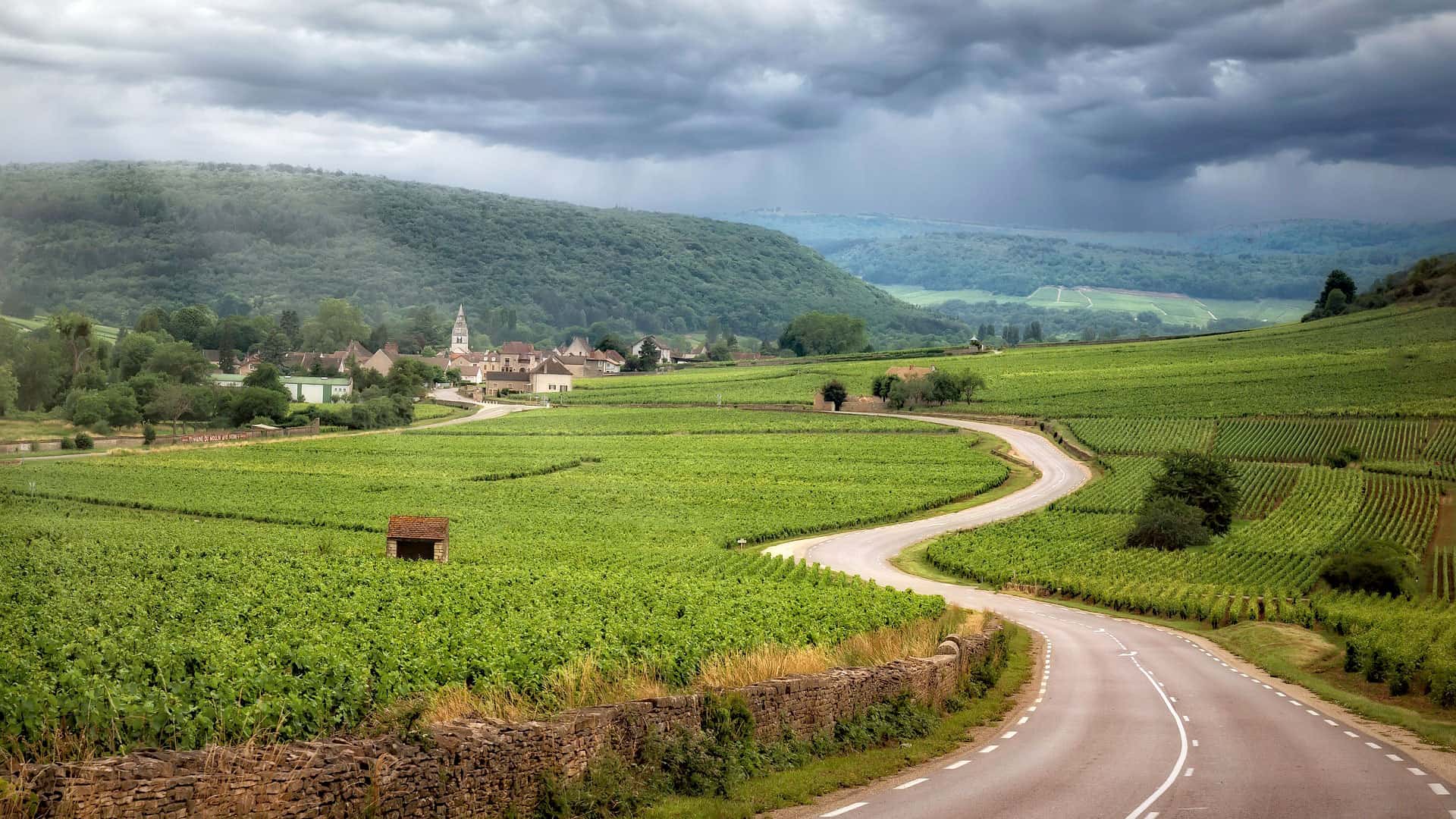
This was not always the case. After the phylloxera crisis at the end of the 19th century, many of the difficult-to-work steep slopes were abandoned. In 1968, only 14 hectares of vineyards in Switzerland were still planted with Viognier. This specialty is still a niche product by global standards. In 2016, over 16,000 hectares of Viognier were cultivated worldwide, compared to just under 290,000 hectares of Cabernet Sauvignon.
Characteristics of the Viognier grape: growth, ripeness and yield
The Viognier variety ripens around 15 to 20 days after the Chasselas and is therefore considered almost early ripening by international standards. Although the variety is susceptible to powdery mildew, it has little tendency to rot and copes well with drought during the summer months. Even though yields are generally low, they are often still too high, so that targeted thinning of the grapes is necessary to achieve good wine qualities. Quality-oriented winegrowers in the Rhône set an upper limit of 30 hectolitres per hectare in order to bring out all the qualities of this variety.
Viognier flavor profile: high alcohol and aromas, low acidity
Viognier is a heavy, expressively aromatic wine with low acidity. One fruit clearly dominates the primary aromas on the palate: Apricot, apricot, apricot. Other frequently mentioned primary aromas include nectarine, peach and floral aromas of violets, lily of the valley and citrus fruits. The secondary aromas complete the bouquet with notes of vanilla, caramel and toast.
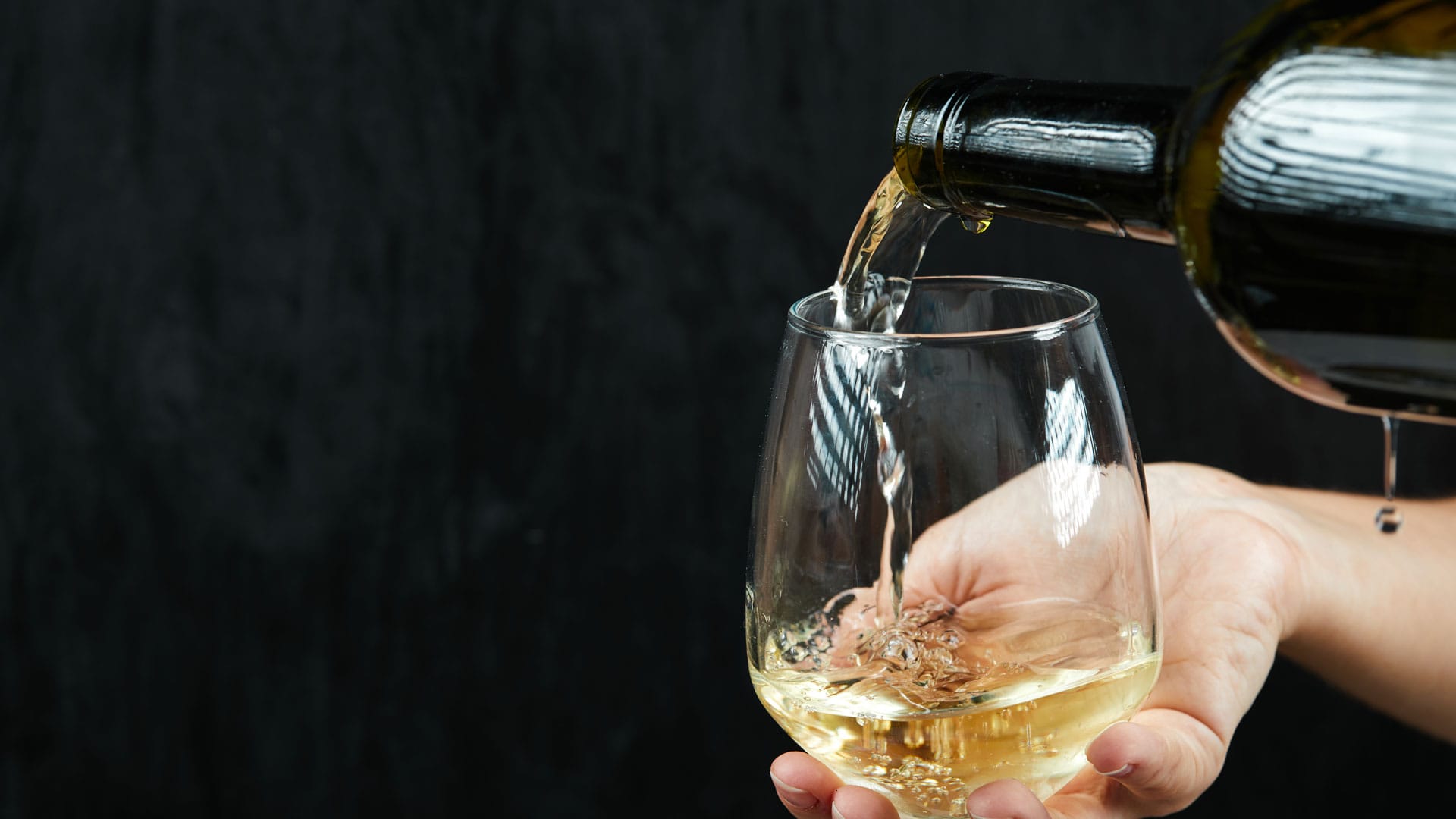
Viognier and food: The best combinations
Wines made from the Viognier white wine variety are an excellent accompaniment to fish dishes. A glass of Viognier with its unmistakable character is a poem with a salmon dish with a creamy dill sauce. Due to its texture, the wine is also an excellent accompaniment to lobster and Norway lobster as well as to all dishes with light, creamy sauces.
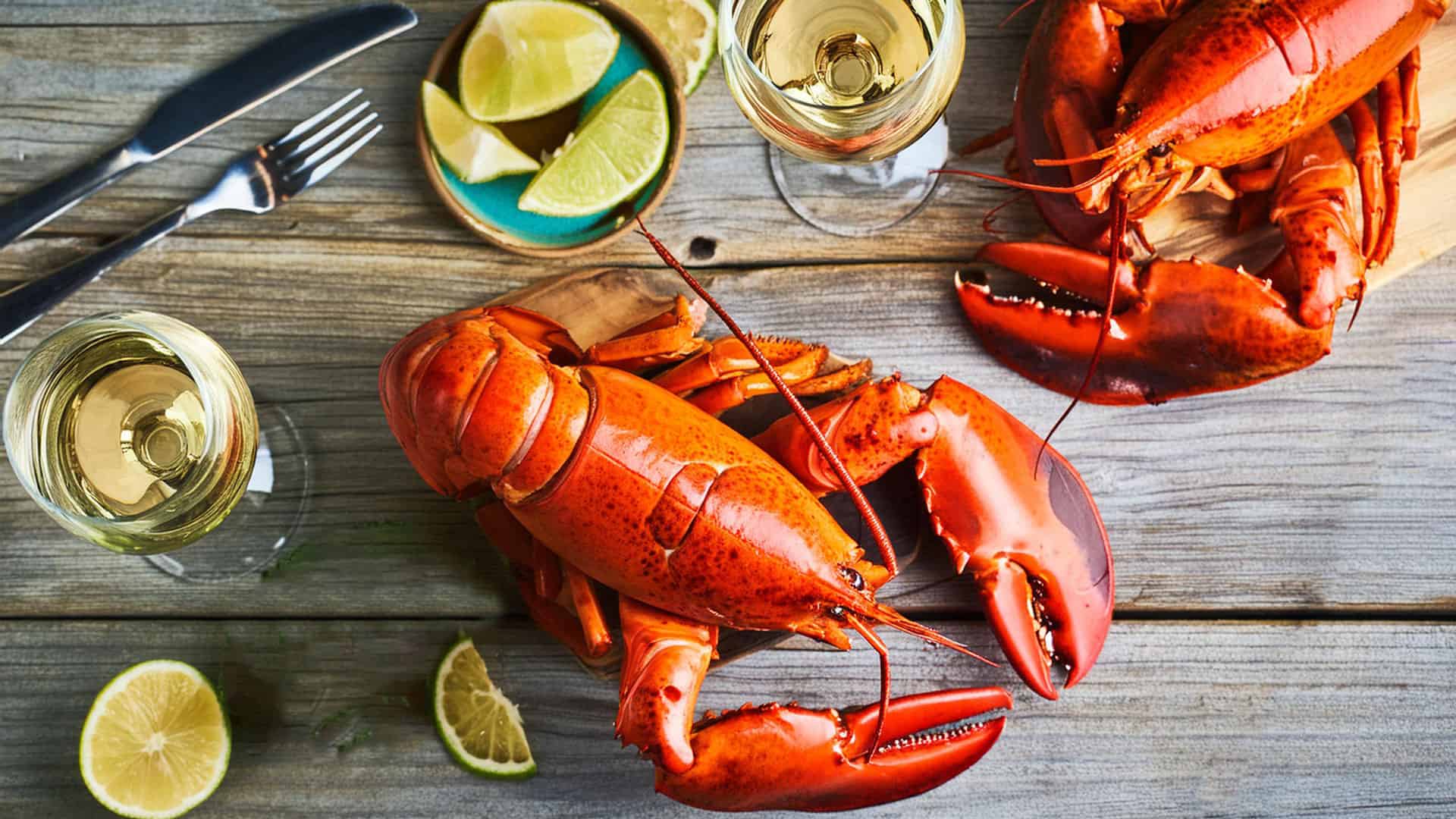
Viognier in cuvées and blends: The perfect complement
Unbelievable, but true: in Côte-Rôtie – a region with impressive slopes on the right bank of the Rhone, around 30 km south of Lyon – the Syrah wines produced are so taut and concentrated in structure that they are blended with white Viognier grapes. This unusual process gives the wines additional complexity and a fascinating variety of aromas.
Viognier and its synonyms
Viognier is known worldwide under fourteen other names: Galopine, Petit Viognier, Petit Vionnier, Viogne, Viogner, Viognier Bijeli, Viognier Blanc, Viognier Jaune, Viognier Vert, Vionjer, Vionnier, Vionnier Jaune, Vionnier Petit, Vionnier Vert.
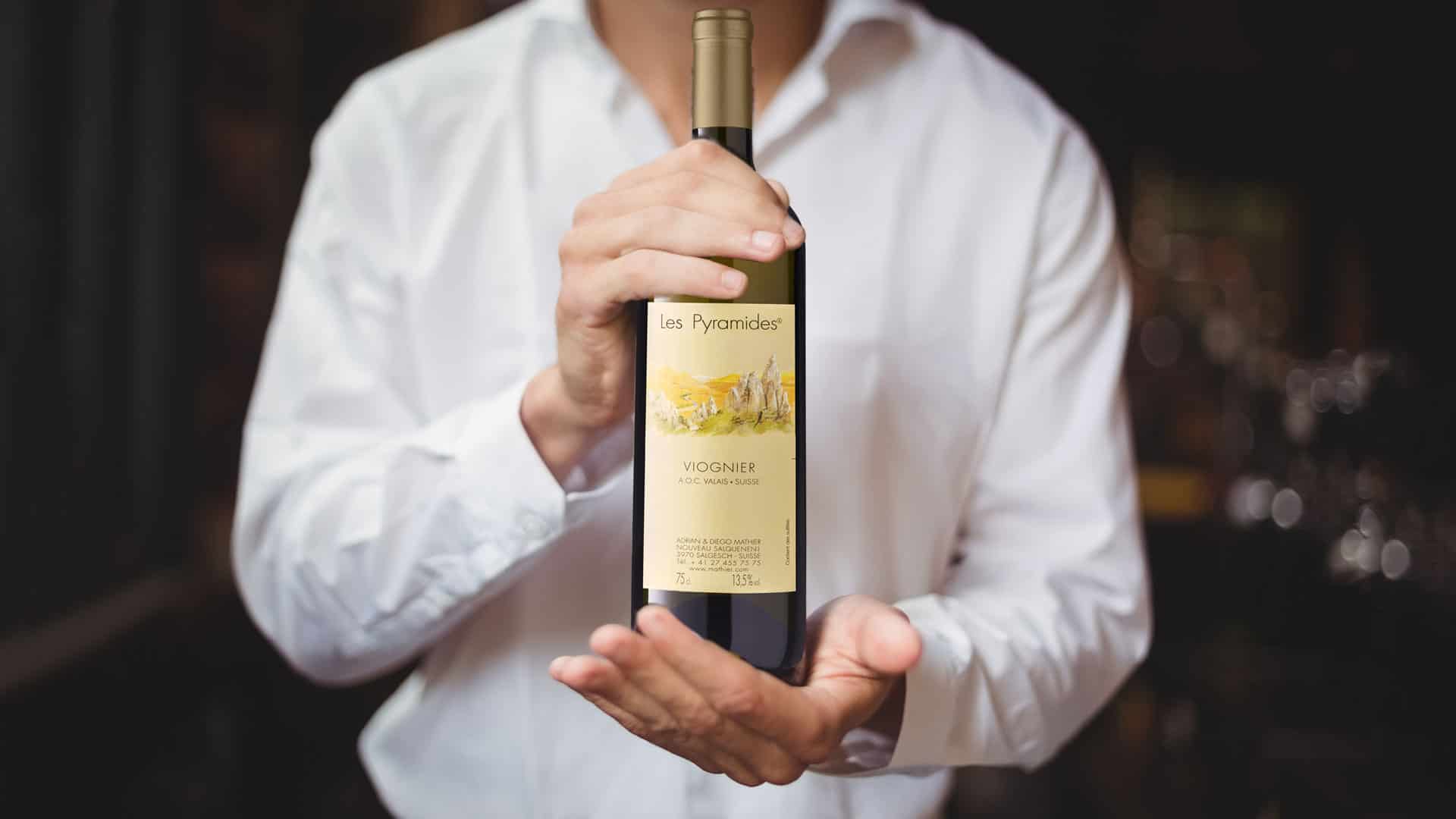
Our Viognier AOC Valais wine recommendation
Please insert the Viognier store element here Sascha.
Interesting facts about Viognier wines
Here is an overview of important facts about the Viognier grape variety.
What goes well with Viognier?
Viognier is characterized by a gentle acidity, but has a lot of body and a noticeable alcohol content. As an accompaniment to food, this variety goes particularly well with noble fish, lobster and Norway lobster as well as dishes with creamy sauces. Viognier is therefore often used in fine dining.
Which grape variety is Viognier?
For a long time, Viognier was mainly found in the French Rhone Valley, but it is now one of the most sought-after grape varieties worldwide. Thanks to its strong aromas and powerful structure, it has become a prized white wine in fine dining.
Where does Viognier grow?
In Greece and Italy, Viognier is cultivated on a combined area of 1,827 hectares. Argentina, Australia, Chile, Canada, New Zealand and South Africa also have triple-digit cultivation areas. Worldwide, over 16,000 hectares were used for Viognier in 2016, and this figure continues to rise. It is even grown in Germany. And in Switzerland, it has found its natural second home in the Rhone Valley in Valais.

